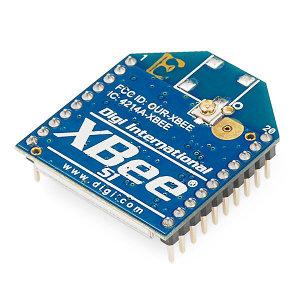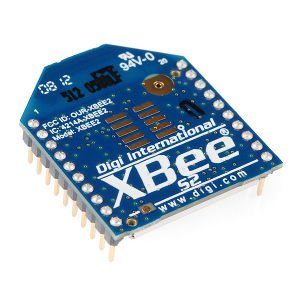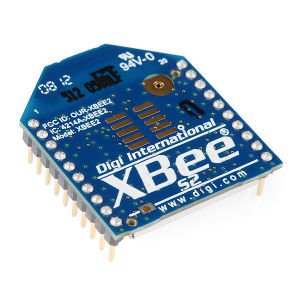Xbee - How to start?
Guide for buyers.
In the lesson shown in the individual Xbee series modules and the differences between them, so that it is easy to choose one module to your project needs.
XBee is a small, blue modules to create a wireless communication network. Are a simple alternative for wired serial connections. Wherever there are functioning cable connections difficult or impossible.
For sale is a lot of systems in different series (Series 1, Series 2, Series 3), antenna type or version of the model. The advantage of XBee is the fact that most of the modules, regardless of series, has the same contact arrangement. Because of this they can be used alternately in the same projects. The following article will help make the choice of a suitable module, adapted to customer needs.
What is XBee and Zigbee?
- XBee modules provide wireless communication between the programmable electronic devices. Use network Protocol IEEE 802.15.4, provides high-speed data networks such as multipoint and mesh. Designed for high-performance embedded systems that require low latency and high data transfer rate. In other words XBee is easy to use wireless communication modules.
- Zigbee is the Standard for data transmission in wireless networks such as mesh. Niewielkiem is characterized by energy consumption, is used in particular in home automation, communication between sensors and alarm systems. The system is based on the XBee Zigbee standard some additional features in an aesthetic package.
XBee Series 1, Series 2...?
- XBee 802.15.4 (XBee Series 1) – the most Simple, does not require the configuration of modules. Designed for people just starting their adventure with the XBee. Function in the network type multipoint (point-to-point). Modules Series 1 and Series 2 hardware is not compatible. This means that is not able to combine them with each other.
- XBee 802.15.4 + BLE (XBee Series 3) - succesor of retaired series 2. Improved version of series 1 and series 2 modules, XBee 3 not only handles 802.15.4, and ZigBee, but also BLE protocols and you can now talk to the modules over UART or SPI as well. You can set up a mesh network to talk to or communicate with various devices around your house, work, or other area.
Which antenna to choose?
- Chip-Antenna Receiver in the form of small integrated circuits located on the Board. Antennas of this type are replaced with similar properties receivers assembled on the tracks of the printed circuit Board (PCB Trace Antenna).
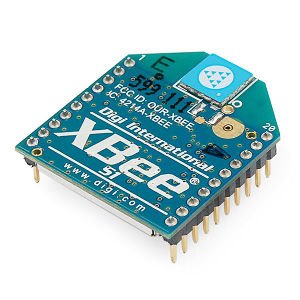
- Wire Antenna – the Receiver is in the form of a short cable that the module is installed.
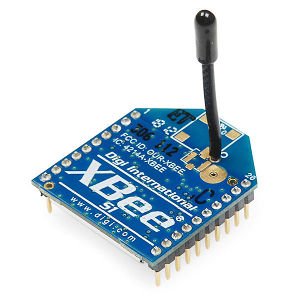
- .FL Antenna Connector connected to the module. A great solution for the output of the antenna outside the case, which contains the IP.

- RPSMA Antenna – a Large connector that is connected to the module. As in the previous case, a good solution for the output of the antenna outside the hull box.

- Trace (PCB) Antenna – Receiver fits into a mosaic of traces. Has properties similar to the Chip Antenna.
The standard version of vs. Pro?
- Standard vs Pro Modules XBee Pro versions have more power, and therefore greater reach. They are, however, more expensive and more standard layouts. Useful everywhere, where the main factor is the long distance between access points.
Overview of the XBee modules
| Name |
Frequent. |
Power |
Max. |
Speed |
Protocol |
Multi |
Mesh |
|---|---|---|---|---|---|---|---|
| XBee 802.15.4 (series 1) | 2,4 GHz | +0 dBm | 100 m | 250 kbps | 802.15.4 | X | |
| XBee-PRO 802.15.4 (series 1) | 2,4 GHz | +18 dBm | 1.5 km | 250 kbps | 802.15.4 | X | |
| XBee 802.15.4 + BLE (series 3) | 2,4 GHz | +8 dBm | 1.2 km | 250 kbps | ZigBee 3.0 | X | X |
| XBee-PRO 802.15.4 + BLE (series 3) | 2,4 GHz | +19 dBm | 3.2 km | 250 kbps | ZigBee 3.0 | X | X |






























































































































































































































































































































